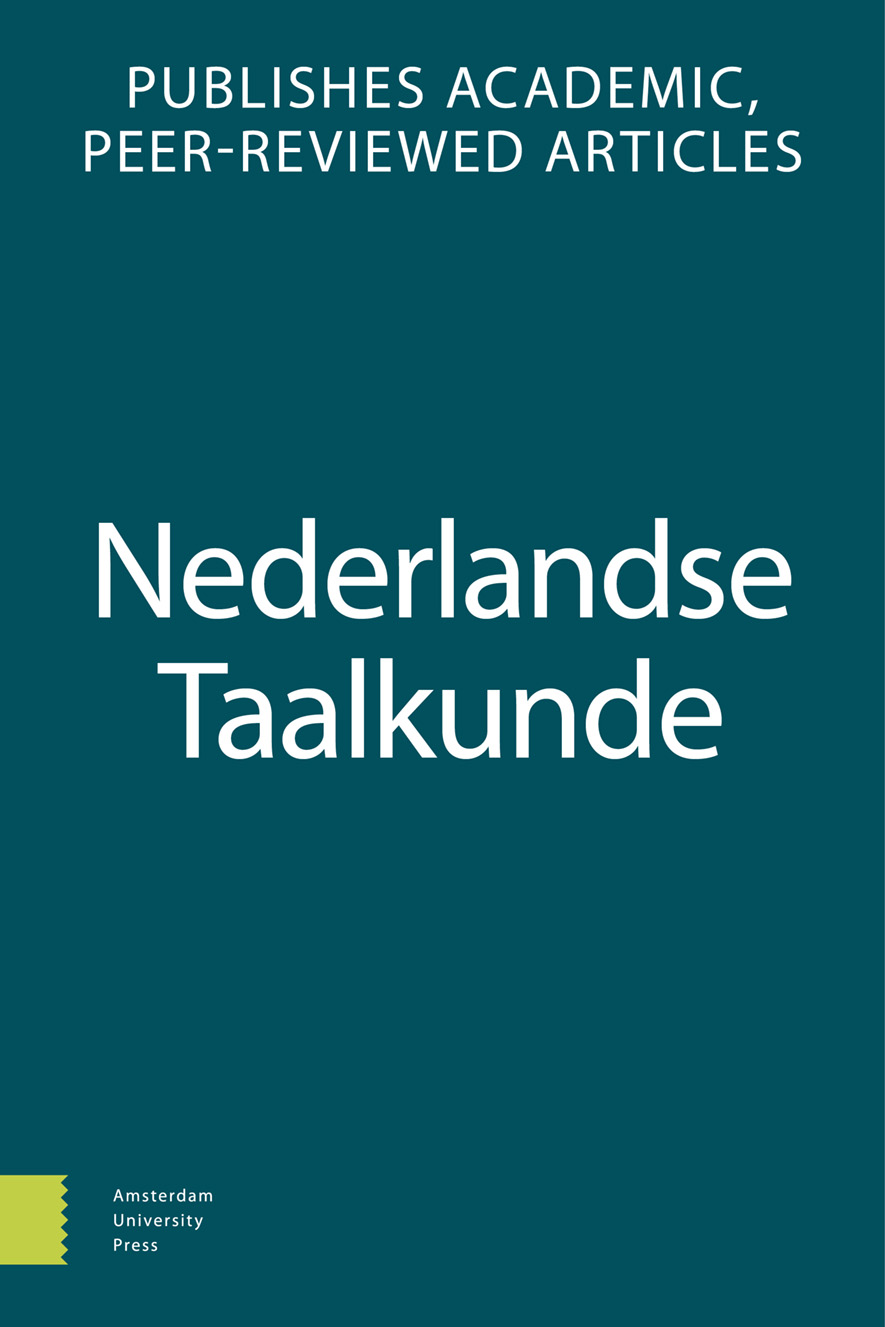-
oa Waarom zou een zin geen twee voorzetselvoorwerpen kunnen bevatten?
Over de invloed van een grammaticamodel
- Amsterdam University Press
- Source: Nederlandse Taalkunde, Volume 24, Issue 1, Jun 2019, p. 3 - 14
-
- 01 Jun 2019
Abstract
Abstract
In the last two decades there has been a debate about the question whether a simple clause can contain more than one prepositional object. In this paper, I argue that the underlying grammatical model plays a decisive role in opting for either one or two prepositional objects, as becomes clear in the discussion between Vandeweghe and Broekhuis. Moreover, following Vandeweghe, I claim that simple clauses indeed can contain two prepositional objects if the relationship of each of the two objects to the predicate is different.
© 2019 Amsterdam University Press


